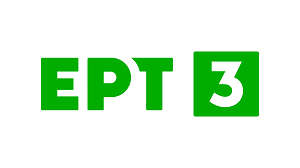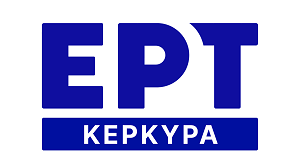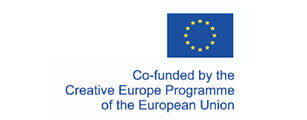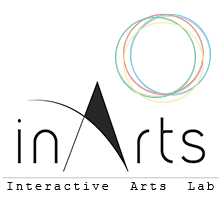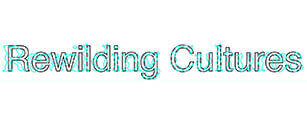The 1982 non-narrative film Koyaanisqatsi has been described as a depiction of humanity in the postmodern age. The use of time-lapse imagery in urban environments depicts human work, leisure, and transportation as a kind of organized mechanized process in which workers who build machines become indistinguishable from the machines themselves. Most analysis of this film has focused on its depiction of the late industrial age. What is missing from most analysis, however, is an exploration of the film’s music, an original work by Philip Glass that looks beyond the industrial age to the emerging digital world.
Glass’s composition is an early example of how the digital age was conceived of and represented through analogue technologies. As with much of Glass’ work, the score attempts to show a transhumanist perspective in which instruments played by human musicians sound similar to and at times the same as electronic instruments controlled through sequencers and other technologies. Glass famously avoided the use of actual sequencers in his work, despite embracing synthesizers and other technologies. His rationale for this was that even though many elements of his music, and the Koyaanisqatsi score specifically, include arpeggiated patterns that sound as if they could be generated by computer, the actual arpeggios were too complicated to be played using the rigid time-measures that limited the functionality of sequencers of that time. Glass found that the affective quality he sought in the composition could only be achieved by playing a synthesizer manually and that the staccato repetitious patterns meant to invoke the feel of digital technologies required nuances that an actual sequencers could not provide. Despite this reliance on human musicians and entirely analogue synthesizers (in the few instances where synthesizers are used) much of Koyaanisqatsi still sounds like an electronic composition and its influence on the world of electronic music is significant.
As this paper will argue, Glass’ composition joins other visionary works that attempted to conceive of the digital world before the digital world was fully upon us. In a manner similar to how William Gibson famously coined the term ‘cyberspace’ in his novel Neuromancer, using only a manual typewriter and having little actual knowledge of how computers worked, Glass sees the world of the microchip and of ones and zeroes before those actually technologies were in widespread use.
This paper approaches the theoretical question through the lens of postmodern cultural theory, and specifically the works of Marshal McLuhan, Jean Baudrillard, and Guy Debord. This paper also explores some of the lesser-known aspects of the film’s development development that influenced Glass’ future work.
Director Godfrey Reggio is credited with the overall concept for the film, but as a musical tone poem Glass’ composition is arguably one of the film’s most significant elements, particular in terms how he uses a non-representational form on an affective level to invoke the feelings of digitization; human rhythms are replaced by machine rhythms which in turn are replaced by digital rhythms, entirely divorced from human experience and understanding.
Elements of the composition were inspired by the electronic music used in Hilary Harris’ 1975 short film Organism which itself inspired many of the visual aspects Reggio used in Koyaanisqatsi. In fact, Harris was recruited by Reggio to provide some of the time-lapse and and slow-motion urban footage for Koyaanisqatsi. Although Ron Fricke is generally credited with the cinematography and overall look and feel of the film, particularly since Fricke would go on to find success as an filmmaker on his own right, it would be more accurate to say that Fricke was the most consistent of several contributors to the film, and that his own style and aesthetics develops as part of a collaborate effort with Harris and the generally overlooked Louie Schwartzberg, whose time-lapse imagery and experiments with the form pre-dated Koyaanisqatsi by several years.
Of the various contributors to Koyaanisqatsi, Philip Glass is perhaps the only one who truly worked as an auteur. While Reggio is credited as the director, Francis Ford Coppola made key directorial decisions once he became involved in the project. Similarly, Ron Fricke, who is credited with the film’s cinematography, could more accurately be called the principle cinematographer amongst at least three distinct contributors. By comparison, Philip Glass had almost complete control over the direction of the musical score and the composition is the one element of the film that is uncompromised by the budgetary and practical compromises that affected all other aspects of the film’s production.
Back



